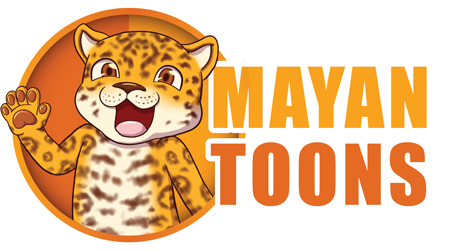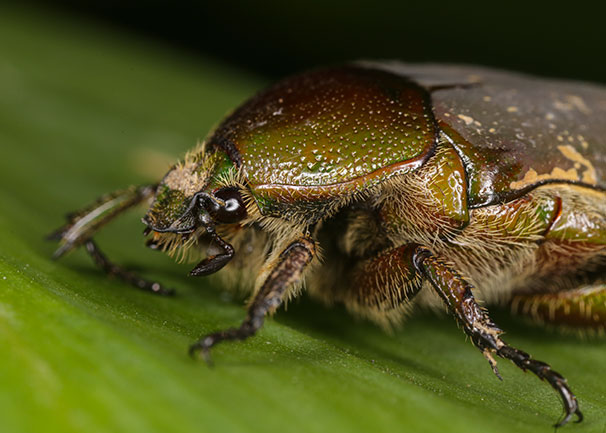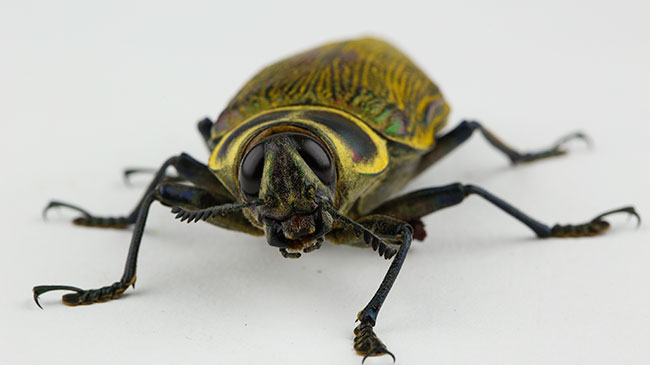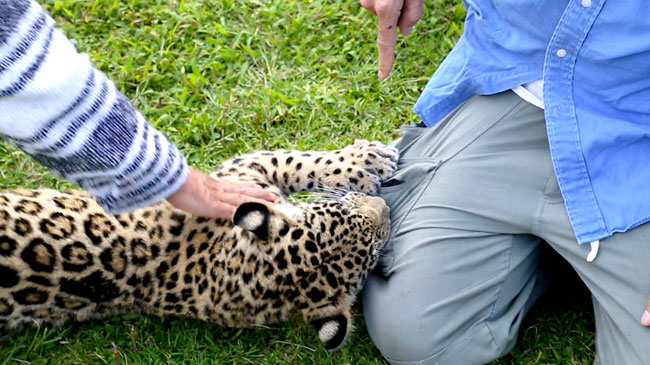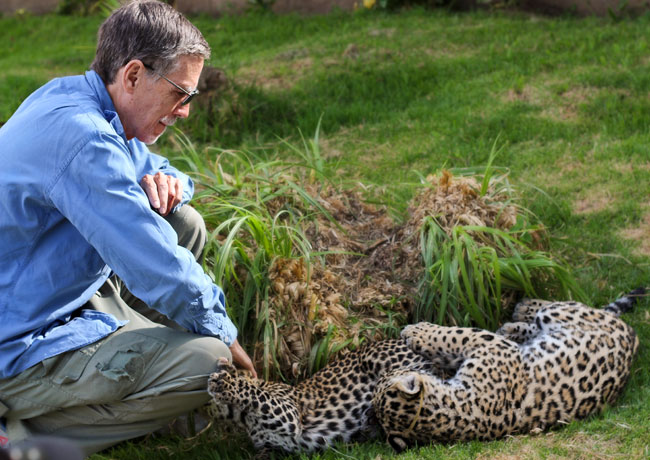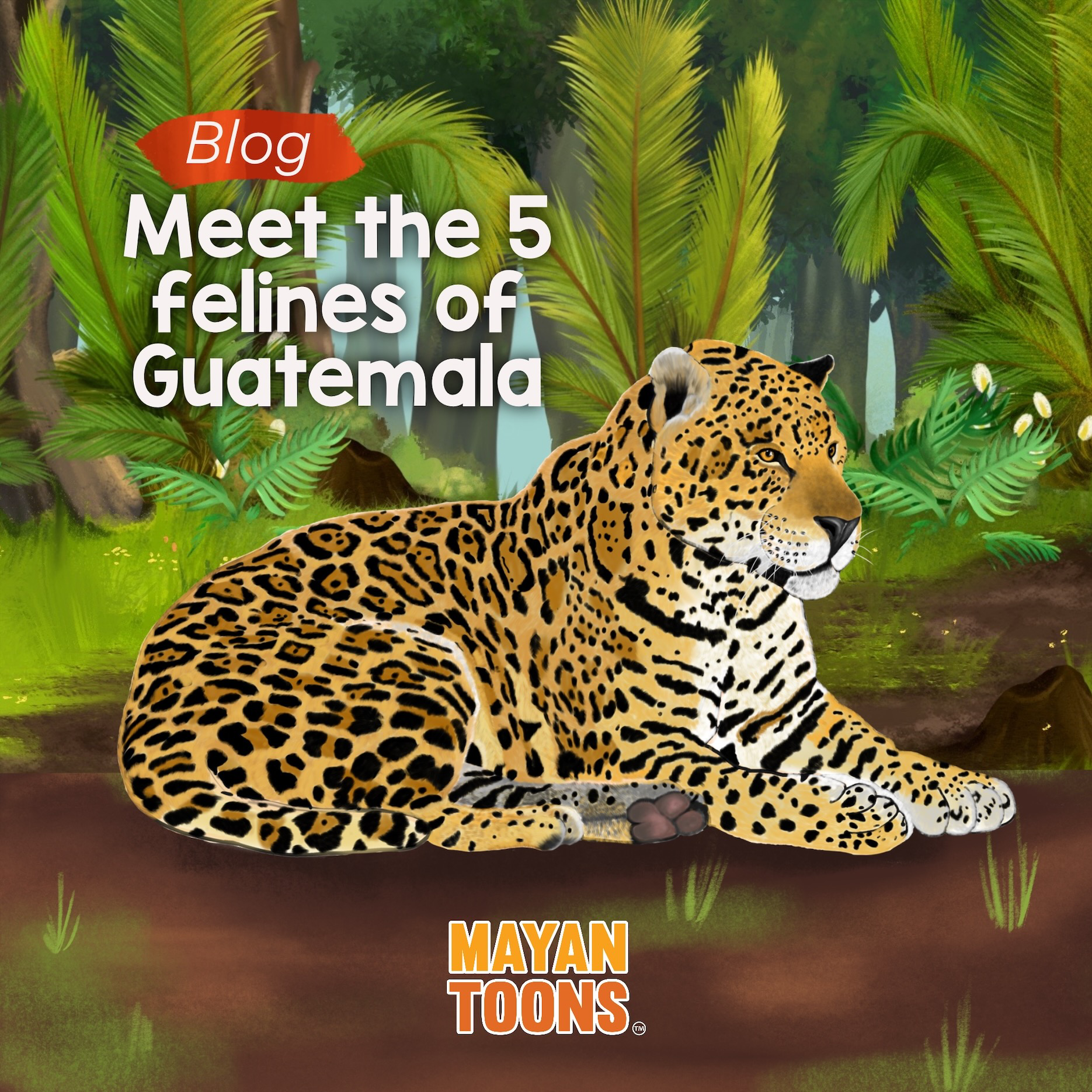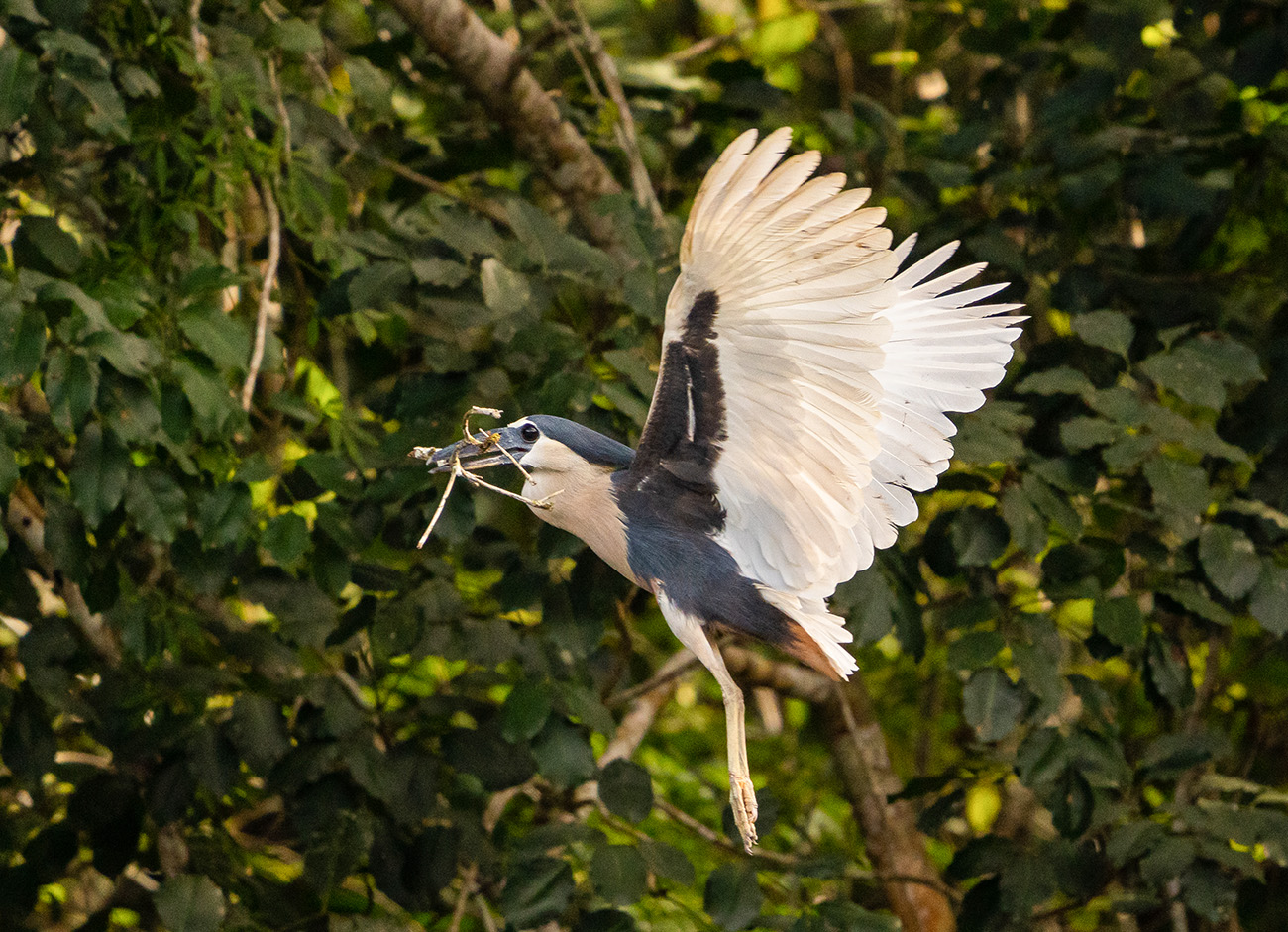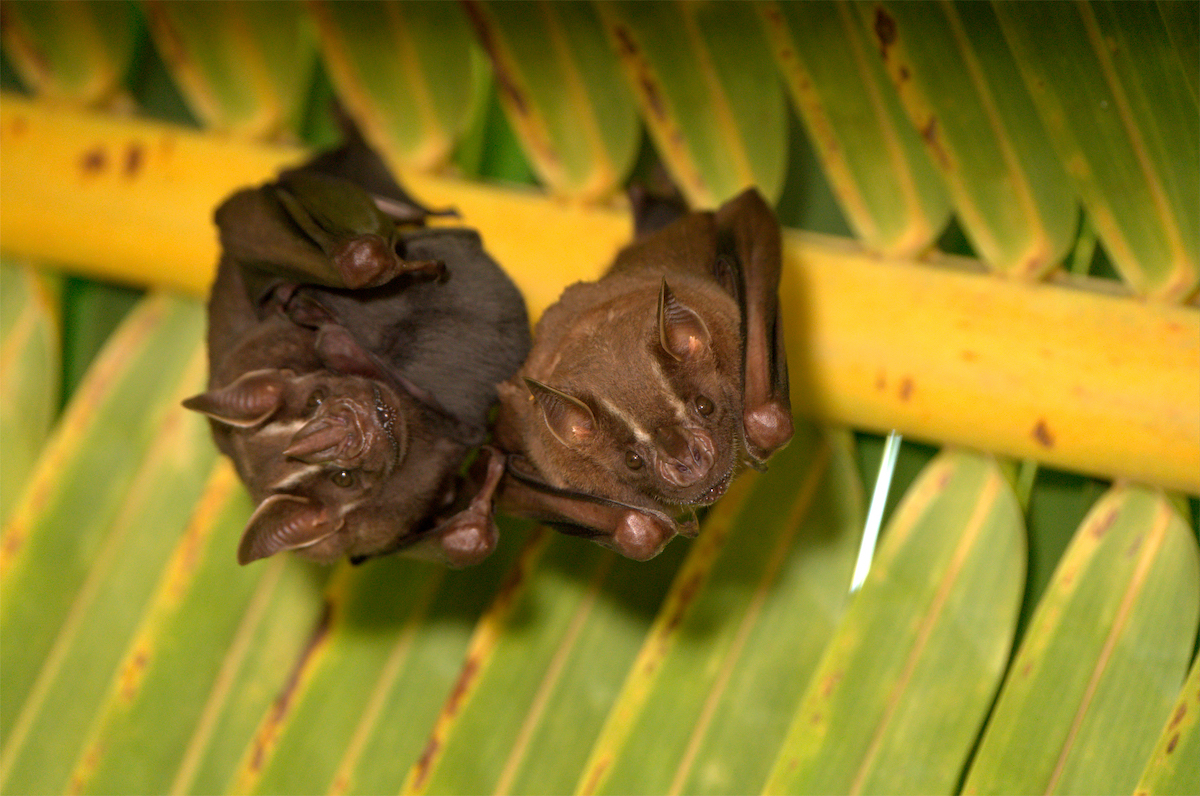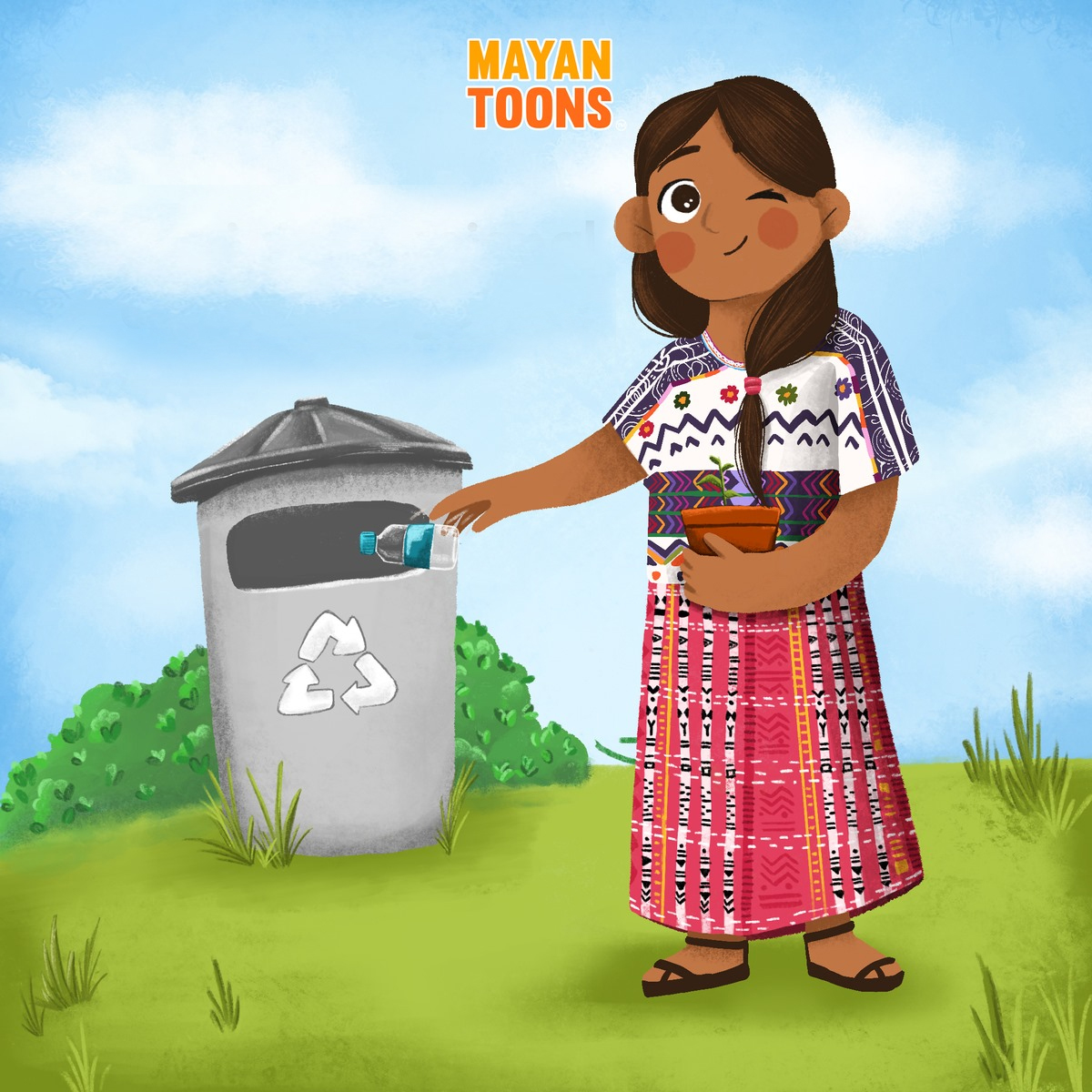…by FLAAR and MayanToons, so they organize a talent contest.
Introduction to all the different kinds of animals, birds, insects, of Mesoamerica
Mesoamerica is the technical term for the areas of the world occupied, or connected by trade routes with, or significantly influenced by the languages and cultures of the Aztec, Olmec, Maya, Teotihuacan and their neighbors. Mesoamerica includes most of Mexico, all of Guatemala and all the countries south into Costa Rica).
I visited Olmec sites already at age 16, Mayan ruins of Palenque at the same early age. I have studied the cultures in Oaxaca, my MA thesis was on the art of the Teotihuacan empire; during the eight years I lived in Graz, Austria I had access to all the Mixtec, Aztec, Maya and all other codices published by ADEVA (who also published my PhD dissertation). However our focus in the current years is plants and animals of the Mayan areas, though naturally most of these were also present in Aztec, Zapotec, Mixtec, Classic Veracruz and other cultural areas.
The page here introduces the two-legged, four-legged, six-legged creatures (and later, elsewhere, we will also introduce the centipedes and millipedes of the Mayan areas.
The focus on this page is on pageants (like the Westminster Dog Show); but our MayanToons animals will have a pageant for beetles; another for birds, etc. We have a separate page which explains the difference between a pageant, a talent show, a high school science fair, and a business trade show (called fair in Europe and often called an expo (exposition) in most of the world).
Our goal at MayanToons is to introduce each kind of creature of the fields, forests, rivers, lakes, ocean coasts, mountains and even deserts of Guatemala. Yes, Guaemala has lots of bosque seco (dry forest eco-systems) and I have enjoyed studying, in person, in the field, the cactus area of Rio Sacapulus and the area along the Rio Motagua (Progesso, Zacapa, etc).
Now lets meet the diverse species of Mesoamerica.
Beetles are among the largest insects of Guatemala, Mexico, Belize, Honduras, El Salvador and southward
Lots of people abhor insects. I must admit insects are among my favorite research topics. Just this weekend we photographed insects I have never seen or heard about in the 54 years of being in Guatemala. Plus, we found a happy scorpion curled up in the camera equipment in the photo studio (we escorted it outside; we did not kill it).
Since there are endless THOUSANDS of insect species in Guatemala, for our books for children (and their parents and grandparents), we start with beetles, in part due to their remarkable diversity of size, shape, and often bright colors.
Bees and Wasps
Most bees are pollinators: many plants would not reproduce if their flowers were not pollinated. Plus of course bees make honey. The Maya have raised bees for centuries: best known in Yucatan.
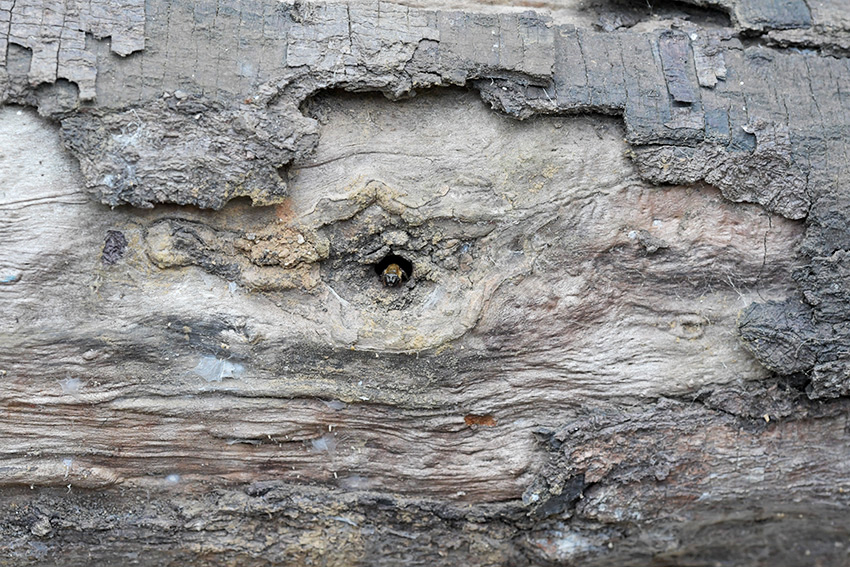
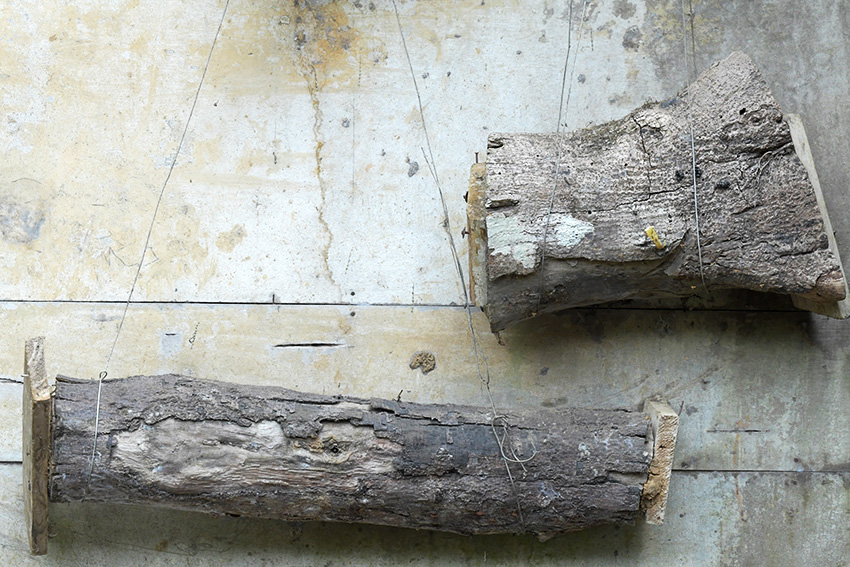
But also in Peten, Alta Verapaz and many other areas of Guatemala people raise local native bees.
Another reason for featuring bees is because there are two groups of species: Melipona, and Trigona, which have no stingers. You see these in the palaces of the Central Acropolis of Tikal.
Wasps have bad reputations, but there is one wasp which actually makes honey (called the Mexican Honey Wasp). Dr Nicholas has lived with wasp nests everywhere around him and has never once been stung by a wasp that lived near his home or office. We introduce all the supposedly fierce wasps plus lots of busy bees.
Ants and Termites
Termites eat homes of millions of people in southern USA. Tons of pesticides are used: the people in the “pesticided” homes potentially can get very ill from these awful chemicals. My entire house was consumed when I lived for five years on the shores of Lake Yaxha (working to map the ruins and to protect the eco-system; we were able to have the area declared a Parque Nacional after five years of work).
The second house I had built (to replace the one rendered to dust by termites), I learned from local Maya people how to make sure (without a single spray of pesticide) how to keep termites out of your house.

Ants are among my favorite insects, especially army ants and leaf cutting ants.
Butterflies and Moths
Butterflies are so obviously attractive. Moths, being nocturnal are not as well known. We will introduce butterflies and moths that you can see at Tikal, Yaxha, El Mirador, Ceibal (Seibal) and elsewhere throughout Guatemala and in Chiapas to the east, Yucatan Peninsula to the north, and Belize at the northeast (and Copan to the east).
Scorpions, Spiders, Tailless Whip Scorpions
Several months ago there was a scorpion in my shower. Last night we found a scorpion curled up in the photo equipment in the photo studio. Tailless Whip Scorpions wander around the home and office most evenings.
Spiders are great for macro photography. Both outside and inside spiders help control mosquitos, flies and they especially love to eat cockroaches. I would rather have spiders get rid of unpopular insects than use carcinogenic pesticides.
We will let the arachnids speak for themselves and explain their role in the diverse eco-systems.
Reptiles (snakes, lizards, etc)
Two species of iguana are of interest, scores of lizards of diverse colors, snakes of every kind: water snakes, land snakes, tree snakes. Most notable are the pit vipers, both because they are venomous but also because under sunlight their scales remind you of feathers (hence feathered serpent myths, including Quetzalcoatl)…
Amphibians: especially frogs and toads but also salamanders and caecilians
Frogs and toads vary in size, shape, and from what part of their body do their “song-sacs” expand (vocal sac). We discuss whether poison dart toads are resident as far north as Guatemala, yet there are other venomous toads all over the place.
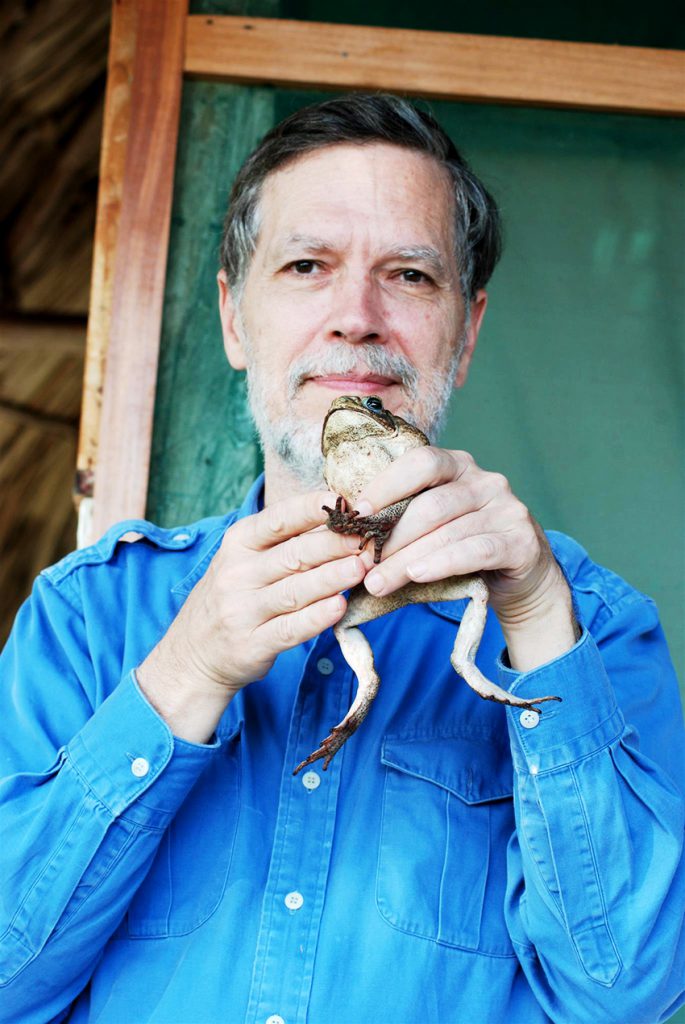
Here is a photo of Dr Nicholas holding the most toxic toad of Mesoamerica.
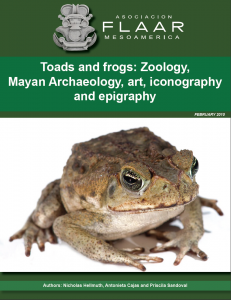
We have already finished one humorous satire on toads (literally) being used by local people instead of toxic pesticides.
But, if you do not attack these toads, they will not release their toxin. Indeed local Q’eqchi’ Mayan families allow at least one local toad to enter their homes to help gobble up insects.
Mammals (land)
Chiapas, Campeche, Peten, Alta Verapaz, Belize, all offer five felines, two monkey species, two different kinds of deer, plus a photogenic diversity of animals which live on the ground, underground, or in the treetops.
These animals are not a pet, each is a rescued animal being cared for in a medical veterinarian facility.
Bats: Ability & Diversity
The bat event will definitely not be like a Beauty Pageant. The bat event will be more like Dancing with the Stars (since bats can fly in amazing patterns).
The bat get together will be like a science fair: since many bats can achieve remarkable abilities to survive.
There are fruit bats, fishing bats, insect-eating bats, plus LOTS of vampires and other meat-eating bats (so bats which like fresh meat in addition to fresh blood).
No matter how scared you may be if a bat flies into your room, you will enjoy what you learn from MayanToons about the considerable diversity of bat habits, size, shape, and agility.
Birds of Fields & Forests
Toucans, scarlet macaws, quetzal are natural logos of Neotropical seasonal rain forests of Mesoamerica. Toucan is a logo bird of brands all around the world, as are scarlet macaws. The resplendent quetzal is the national bird of Guatemala.
But there are dozens, scores, or other birds of the fields and forests who would like to be recognized (so their natural habitat can be preserved. So we show the other birds which may not yet be as famous as tourism poster logo birds, but these other birds will win a place in international recognition based on the hard work of Dr Nicholas and the team of capable illustrators and industrial designers who work for FLAAR Mesoamerica to produce books to help spread factual knowledge to people of all ages.
If you would like to join Dr Nicholas, plus ornithologist and orchid specialist Alejandro, in appreciation of a contribution (from a corporation, family, or your own funding), you can accompany us as we do our research finding the species of birds which are important to people for thousands of years.
Birds of Rivers, Lakes, Swamps & Ocean Coasts
Since there are so many different bird species, we divide them informally into the previous group (treetop and terrestrial birds) and the present group: birds of the shores of rivers, lakes, swamps and ocean coasts.
Ducks and teal are obvious water birds (no geese or swans here).
Grebes, petrels, storks, cormorants, anhingas, pelicans, herons, egrets, ibises, spoonbills, sandpipers and gulls are just a few of the water-related birds of Guatemala, Mexico, etc, who wish more people around the world knew about them.
Crustaceans: Crabs, Shrimp, Lobsters
As a child, in the Missouri Ozarks, I caught crayfish from the cave-spring fed creeks. While going down the rivers of Peten and Monterrico, lots of crabs (but these we do not eat: we only photography them (alive). And on the beaches of Hawaii (near Monterrico; not Hawaii Islands!), lots of seashore crabs.
Plus giant crabs are found in the monumental stone sculpture of Bilbao and El Baul (Cotzumalhuapa culture, Costa Sur). Crabs (with crocodiles) are in the Popol Vuh.
Shrimp of the reefs and ocean are well known; but there are also fresh water shrimp in Guatemala.
Lobsters of course are from the reefs; but crawfish look like miniature lobsters. I need to do more research to find whether there are crawfish also in the rivers and mangrove swamps of Guatemala, such as Procambarus species.
This is why we have talent scouts! To go out into the swamps and find what is missing. Our goal is to show all the different eco-systems and all their inhabitatants that the Maya experienced (for thousands of years).
Snails, conch, shellfish



While excavating the Tomb of the Jade Jaguar I discovered a set of spondylus shells as well as pearls and other marine specimens. This is Burial 196, Structure 5D-73, facing the south side of Temple II. The occupant was either a brother, son, or comparable close relative of Ruler A (who was buried in Burial 116, under Temple I, across the plaza from Str. 5D-73).
Snails and conch are the “home” or costume of God N. Snails can be found inland and in the shores and reefs. The Quintana Roo coast, the Belize coast, and the northern Honduras coast are paradise for all the creatures of the reefs.
Several chapters of my PhD dissertation were on the marine creatures that appear in Classic Maya art.
Hey, we reef structures are also animals!
Sea anemones and/or column-shaped (hollow) sponges are pictured on a dozen polychrome Late Classic Lowland Maya vases and bowls. Sea anemones and sponges are very much alive: these are not “rocks.”
So to know all the animals of the diverse Mayan eco-systems, it helps to be a diver and do underwater photography. Just be careful the sharks don’t eat you for lunch.

This is the front cover (shark-toothed G1 character) of the coffee table book edition of Dr Nicholas’s PhD dissertation on plants and animals related to the Surface of the Underwaterworld cosmology of the Classic Maya (Mexico, Belize, Guatemala, Honduras, El Salvador).
To each individual, corporation, or foundation which provides funding we will be glad to send the original German (as a PDF or as a hard-cover book) or the English (the language I wrote it in, as a PDF), or translated into Spanish (as a PDF).
Freshwater & Marine Fish, including sharks, stingrays, Whales, Dolphins
A good reference is https://ambergriscaye.com/fieldguide/animals.html with full color drawings of every marine fish and marine mammal of the Belize cayes.
Already at age 19 I had discovered two stingray spines in the Tomb of the Jade Jaguar. This was illustrated in my BA honors thesis at Harvard.
My PhD dissertation was on the iconography of Mayan scenes of water, both rivers, lakes, and oceans.
All this is an exceptional range and depth of coverage of the fascinating animals of Mesoamerica
Join Dr Nicholas and his team of project managers, biologists, and illustrators to learn about the awesome creatures that you can experience in the Mayan areas.
